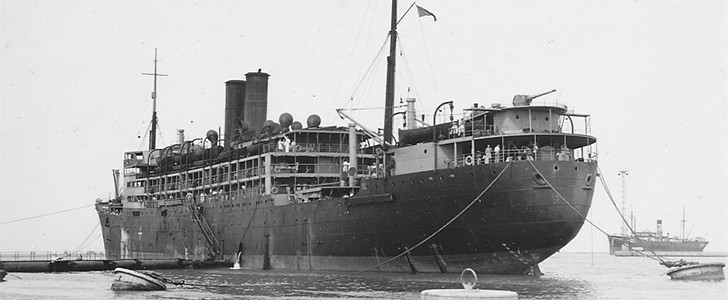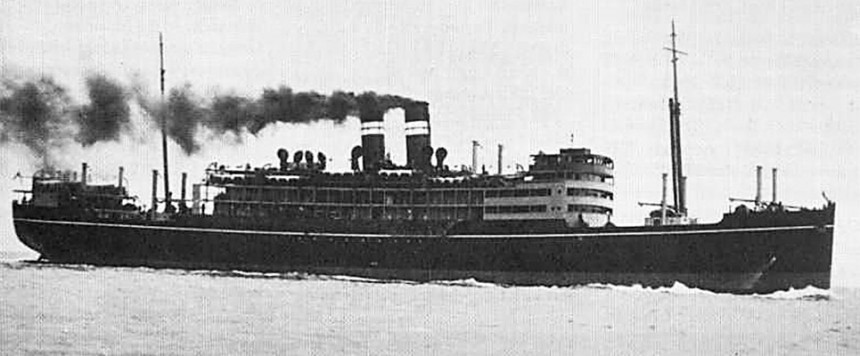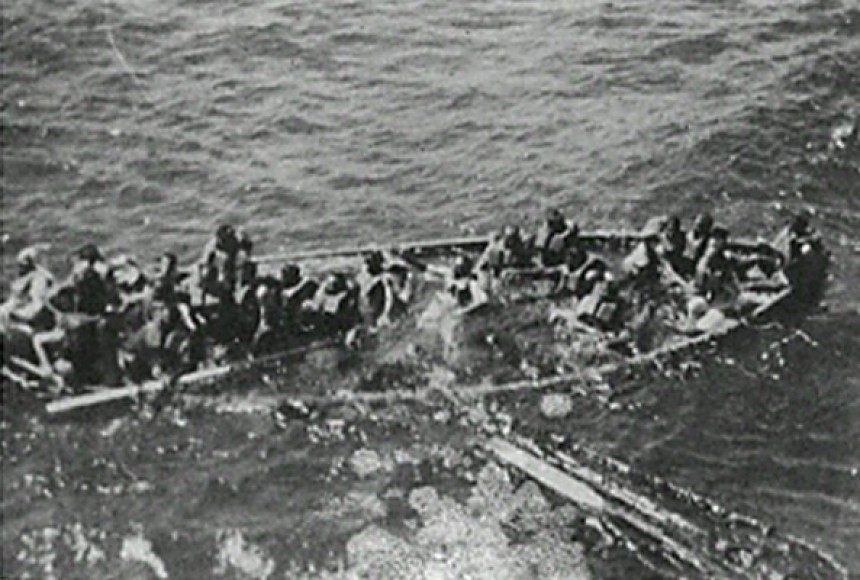Finders keepers might apply in real life for things that are of little value, but when it comes to actual treasures, the kind worth dozens of millions, it no longer holds true. The same goes for the years-long saga of the silver bullion bars onboard the SS Tilawa.
SS Tilawa is a steamer and commercial vessel that sunk off the coast of Seychelles on November 23, 1942, when it was hit by two torpedoes from a Japanese submarine, on its way from Bombay to Durban. Built in Tyne in 1924, the 125-meter (410-foot) vessel was owned by the British India Steam Navigation Company and had arrived to ferry Indian nationals after a period in which passenger boats had stopped circulating because of the war. High demand for water passage also meant that the vessel left Bombay overloaded both with passengers and cargo.
As it sailed out of Bombay, it was carrying 954 passengers and 6,472 tons of cargo, including 2,391 bars of silver bullion. Most of these bars, worth an estimated $43 million or more, were salvaged more than seven decades later and are now at the center of a years-long international dispute.
When Tilawa went down, it did so with 276 people, passengers and crew. The rest were rescued by HMS Birmingham, which arrived after one night and day described as a living nightmare by the survivors. Survivors returned to the port in Bombay on November 27, 1942. To this day, the SS Tilawa remains one of the biggest maritime tragedies, as well as a WWII crime perpetrated for reasons unknown.
British champion racing driver and entrepreneur Ross Hyett was able to locate the wreck, in a mission that required two years of work and major investments on his part. Then, in a six-month recovery mission, he brought up most of the silver bars onboard the wreck and then shipped them to Southampton, England, declaring them to the Receiver of Wreck, as salvage law mandates. The law says that the rightful owner of salvaged goods can reclaim them by paying a salvage reward.
The owner of this treasure is the South African government, which had bought the silver and was planning to mint new coins from it. The state sued Hyett and his salvage company, saying that since the silver was being transported on state business, it was exempt from the salvage law and did not require the payment of a reward.
After a ruling in Hyett’s favor from the Admiralty Court in London in 2020, the government filed an appeal with the Court of Appeals. The ruling was handed earlier this week, and it says the South African government must pay if they want the silver bars back. Since the silver was cargoed on a commercial ship and had been purchased as any other commodity would have been, its transition did not fall under state business.
There is still room for another appeal for the Republic of South Africa, since one of the three judges on the case dissented. The other two, though, argued that RAS showed no interest in the silver until it was brought from the seabed, at Hyett’s expense and with his own efforts. But it was the fact that the silver was “in use or intended for use for commercial purposes” at the time of the attack that tipped the scale in favor of Hyett.
As it sailed out of Bombay, it was carrying 954 passengers and 6,472 tons of cargo, including 2,391 bars of silver bullion. Most of these bars, worth an estimated $43 million or more, were salvaged more than seven decades later and are now at the center of a years-long international dispute.
British champion racing driver and entrepreneur Ross Hyett was able to locate the wreck, in a mission that required two years of work and major investments on his part. Then, in a six-month recovery mission, he brought up most of the silver bars onboard the wreck and then shipped them to Southampton, England, declaring them to the Receiver of Wreck, as salvage law mandates. The law says that the rightful owner of salvaged goods can reclaim them by paying a salvage reward.
The owner of this treasure is the South African government, which had bought the silver and was planning to mint new coins from it. The state sued Hyett and his salvage company, saying that since the silver was being transported on state business, it was exempt from the salvage law and did not require the payment of a reward.
After a ruling in Hyett’s favor from the Admiralty Court in London in 2020, the government filed an appeal with the Court of Appeals. The ruling was handed earlier this week, and it says the South African government must pay if they want the silver bars back. Since the silver was cargoed on a commercial ship and had been purchased as any other commodity would have been, its transition did not fall under state business.








